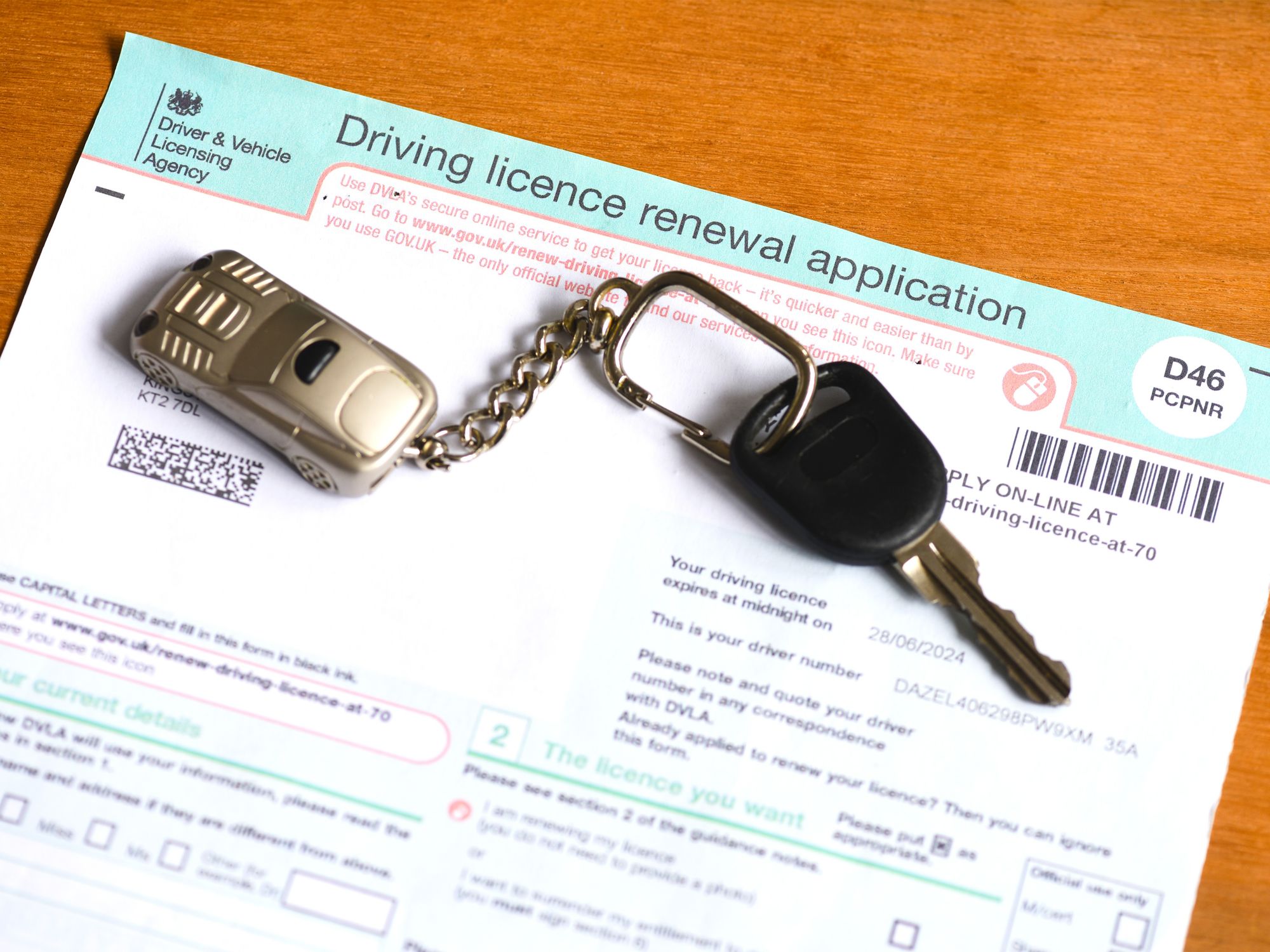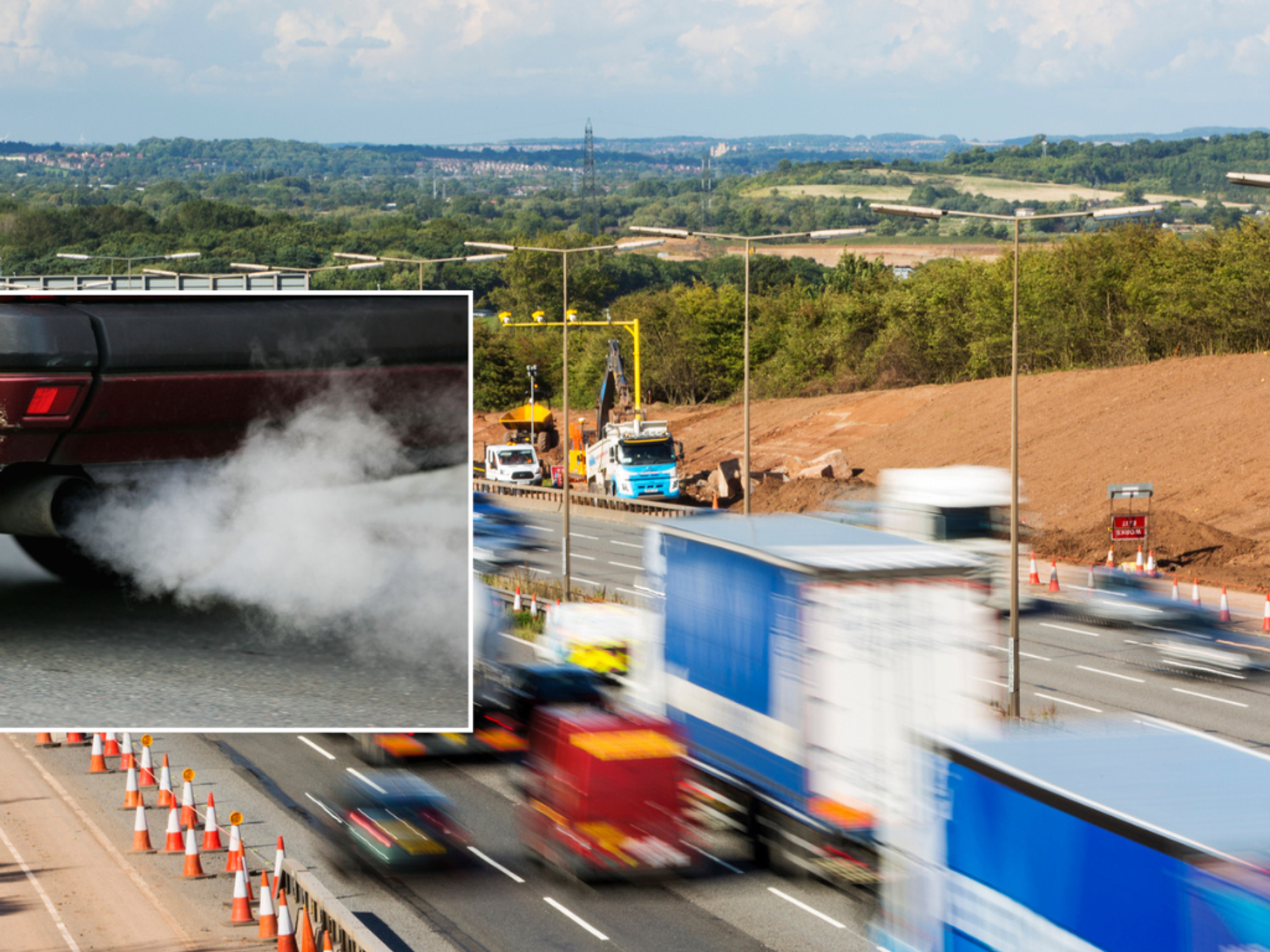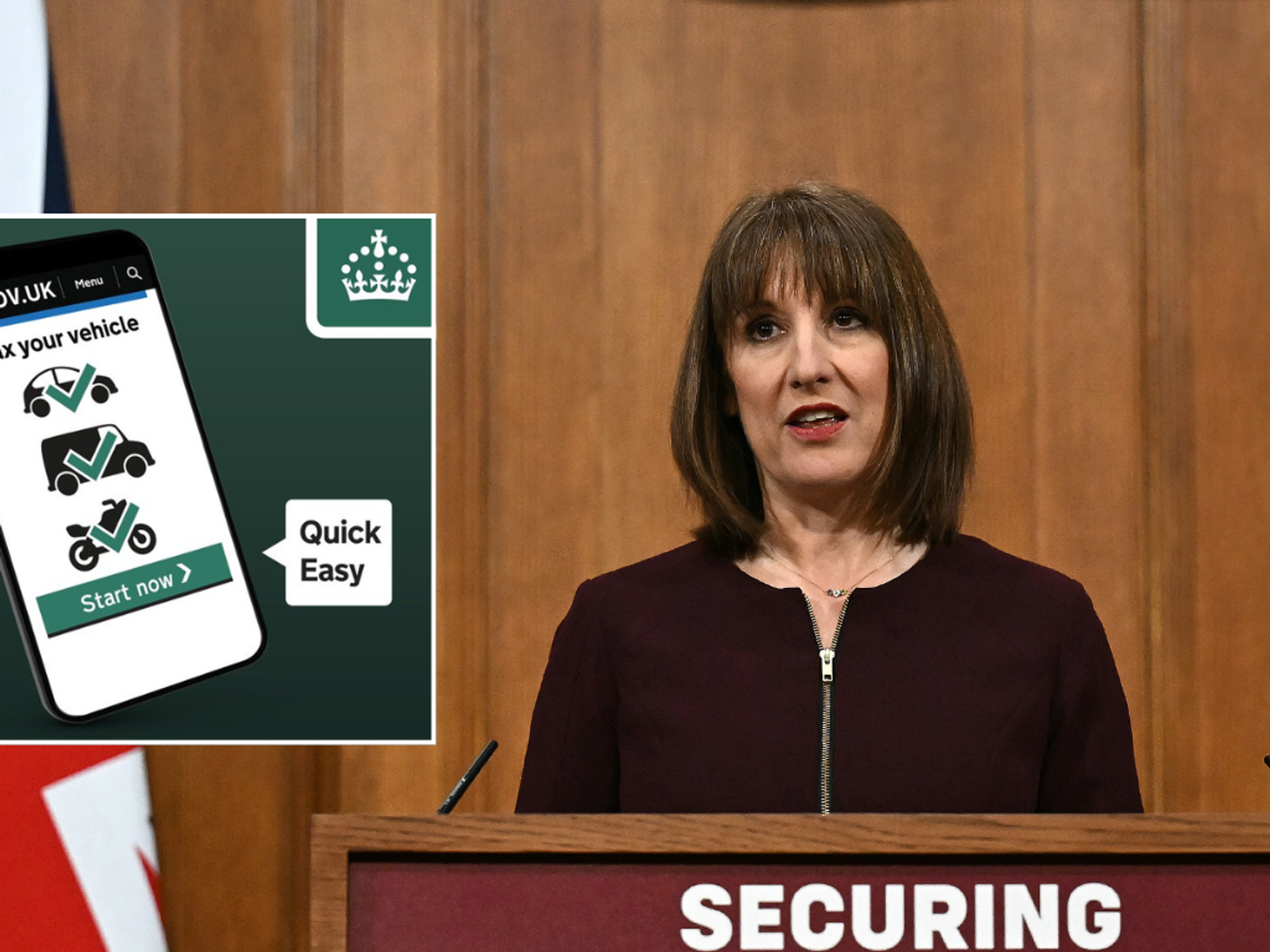WATCH: Bev Turner and Andrew Pierce on drivers being dazzled by bright headlights
GB NEWS
'The RAC has produced the evidence, now the Government needs to take action - whether on the colour, intensity or angle of these glaring lights'
Don't Miss
Most Read
Trending on GB News
Millions of drivers are being forced off the road by bright headlights dazzling Britons daily, according to groundbreaking new research.
A quarter of drivers who find that headlights are too bright have made the decision to drive less at night because of dazzling LED lights, data from the RAC suggests.
A further 22 per cent said they wish they could avoid driving at night, while three-quarters of those who drive less do so because intense headlights make the experience more difficult.
Drivers noted common issues when being dazzled by bright headlights including finding it hard to tell when some vehicles are indicating, difficulties when judging the position of oncoming vehicles and not being able to tell how fast a car is going.
Do you have a story you'd like to share? Get in touch by emailingmotoring@gbnews.uk
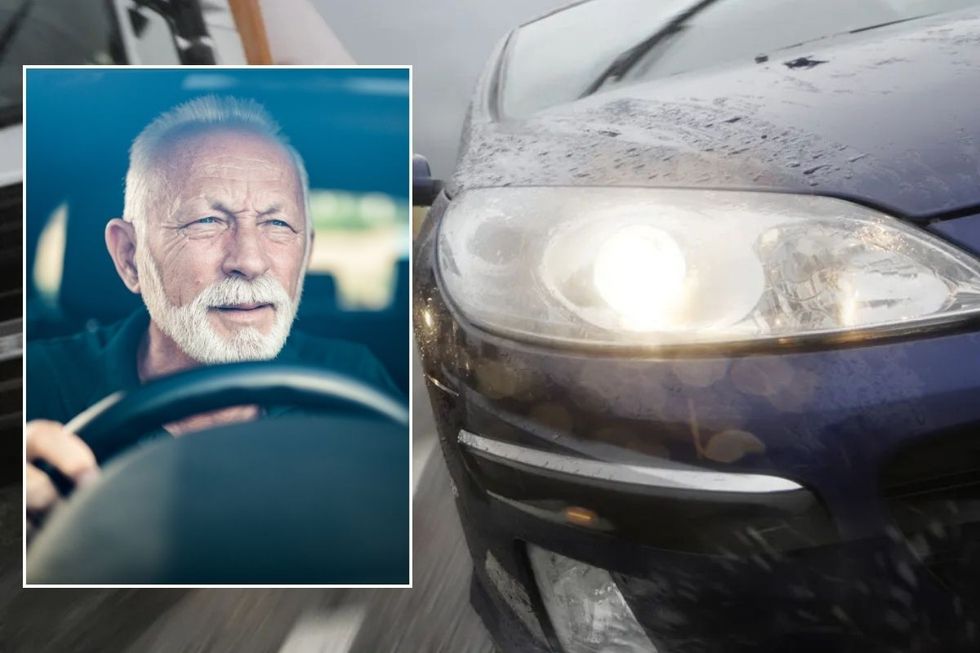
Millions of drivers admitted to having issues with bright headlights, prompting them to stop driving at night
GETTY
The RAC suggested that the data shows how drivers are having their confidence knocked by other vehicles with dazzling headlights.
Many motorists believe that SUVs are to blame since the vehicles sit higher, resulting in the headlights having a more centralised beam towards drivers who may have smaller cars.
Rod Dennis, senior policy officer at the RAC, noted how, aside from potholes, bright headlights are quickly becoming one of the most frustrating aspects of motoring for Britons.
He said: "It's undisputable that public concern is increasing, but the reasons for glare and what can be done to reduce it aren't nearly as clear.
"That's why we're pleased the Government heeded the calls of the RAC and our partner organisations on this issue and commissioned an independent project to look into it. We're aware other European countries are now taking the matter seriously, too."
Dennis added that the new RAC research found that the difference in the height of vehicles did impact how drivers perceive glare, with the brightness of the light also having an effect.
Almost three-quarters of people who are often dazzled by headlight glare (72 per cent) said they associate the issue with lights that give off more of a white hue, which are most likely to be LEDs or bi-xenon.
Only three per cent of motorists said they had issues with yellower-coloured lights, which tend to be older, more traditional halogen bulbs.
Baroness Dianne Hayter said: "As this detailed study shows, virtually every driver experiences the problem of over-bright headlights, and many find the dazzle sufficiently problematic to stop or reduce their driving at night, with real social and other costs.
"The RAC has produced the evidence, now the Government needs to take action - whether on the colour, intensity or angle of these glaring lights."
The Department for Transport has commissioned the Transport Research Laboratory to look into why people are dazzled by headlights and how this could impacted by changing conditions.
It is hoped that the TRL study will set out suggestions which can be used to crack down on the issue, with these proposals potentially being used as the foundation for future law changes.
LATEST DEVELOPMENTS:
- British car brands 'in the dark for the future' as Labour delays update on 2030 petrol and diesel ban
- 2030 petrol and diesel car ban deadline could be confirmed as Transport Secretary meets with automakers
- Major car tax changes launching in weeks will see all 'new and existing vehicles' pay expensive costs
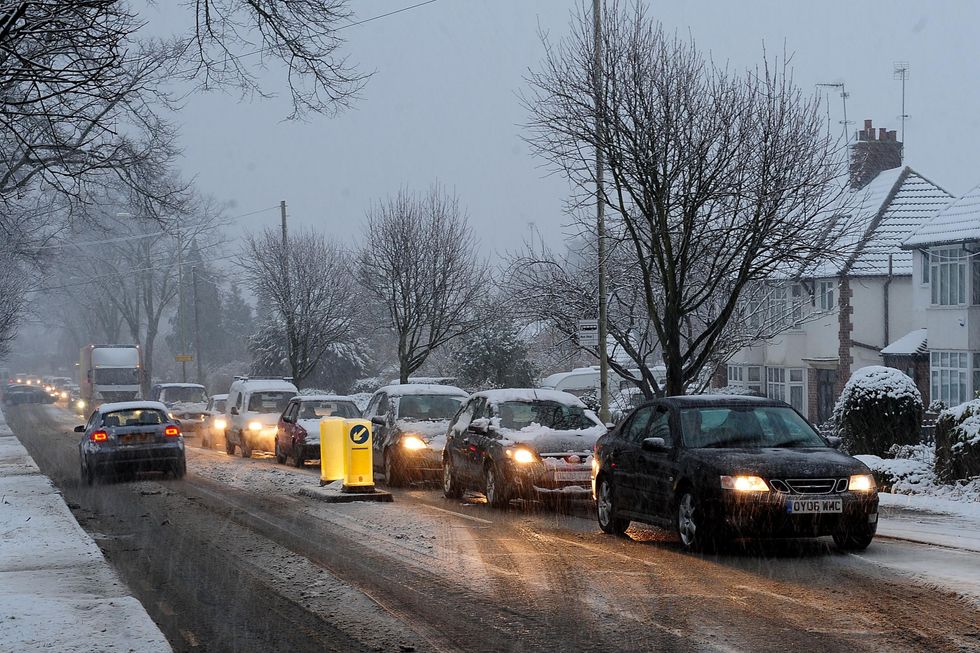
Drivers reported having more problems with white LED headlights
PA
Data from the DfT found that there has been an average of 280 collisions a year where dazzling headlights were a contributory factor since 2013.
Dennis added: "What has gone from a mere frustration is now having a profound impact on people – whether that’s momentarily being blinded while driving or struggling to judge the speed or position of a vehicle ahead.
"We hope our findings prove to be valuable to both industry and government in understanding the effects dazzling headlights are having on drivers."





